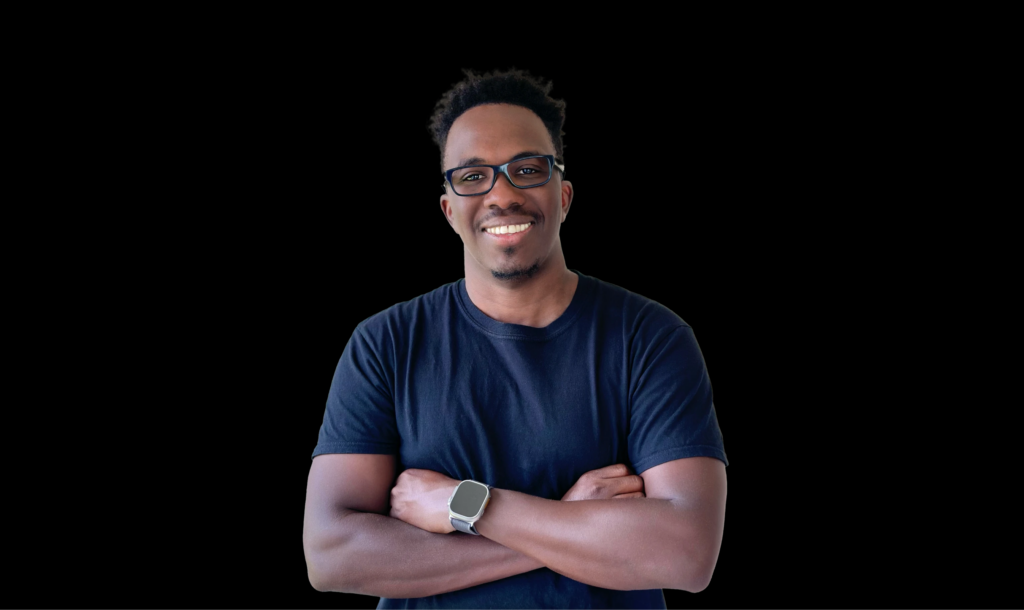
How did you land the gig at Apple?
I knew this recruiter from when I was being recruited by HUGE, I turned it down, but we stayed connected throughout the year. I reached out to her every now and then to check on her. She eventually left HUGE, got a job with Apple, and when the position opened up, I was the first person she recommended. She gave them a stellar review of who I was before I went to the first interview—so throughout the whole process, it was a breeze because she really sold me.
That's fucking amazing haha. Really shows the importance of being at the right place at the right time, through great work and networking with people.
100%. stayed friendly with your recruiters. Just like we have design circles, they have recruiters circles. I have no proof of it, but I believe it.
How did the recruiter find you at Huge?
Huge found me through Dribbble. They saw some of my work (Post-Process, of course 🙂 ), and the recruiter reached out to me. First call with her she said, "They're head over heels for you here at HUGE". This was a boost of confidence for me since HUGE was one of those companies I absolutely love at the time.
Our relationship started from there, and even now we still talk.
Awesome I kinda remember you talking to me about this. Around what year was this?
That was around 18-19 BC (Before COVID). She first sent me an email, and we scheduled a quick 15-minute call for her to see if I was interested, and it was during that call that she mentioned that the entire HUGE creative team (The Detroit one) was all crazy about my work.
2018 or 2019. Don't remember the exact year.
So it was having a online web presence that got you a gig at Apple, and of course it was because of your talent and work. If you had to give advice to young designers wanting to work at Apple what would top 4 tips be?
Master the Art of Simplicity: Apple is all about minimalism. It's not about following the latest trend, but it's really about being able to take complex ideas and distilled them into sleek, user-friendly interfaces.
Be a good storyteller: I know this might come across as odd for designers because we think of storytelling more as a writer's job, but your online identity and your portfolio should really tell a consistent story of the kind of designer you are. Your portfolio should be more than visually stunning, but also intuitively navigable, with good storytelling throughout.
People then pixel™: Apple is a company that's all about Humans first. It's not just about creating pretty designs—it's about how those designs make people feel. You need to be able to showcase your empathy, and understanding of people. TL;DR: Don't be a jerk.
Network your socks off. Apple rarely recruits, and when they do it's a very difficult company to even get an interview with. But all those barriers and doors can be breached if you know the right people. You'll be more likely to get an interview if you get recommended by some one on the inside. (edited)
Did you get paid well at Apple or is that under NDA?
When I interviewed with Meta, which was then Facebook, I was told by my recruiter "No one ever leaves Facebook because they didn't get paid enough". Honestly, this applies to Apple as well.
For sure. I will ask if I'm even allowed to give a range. I can say it was PHAT!!
That might have aged me too much. People don't say PHAT anymore, lol.
Lol I resonate with PHAT. But I'm old too.
How about design process at apple how much can you say about that?
We work in small teams, typically led by an ACD or CD, accompanied by one or two designers based on project complexity.Plus, a copywriter and a dedicated PM are part of our team. Each project starts with a detailed brief from the PM outlining the problem. From there, we work closely with our writing team to create that Apple narrative everyone loves. Interesting fact: We don't do wireframes, instead, we would sometimes do rapid block frames, to validate a concept by the lead (but that never gets seen outside of our small team).Our concept presentations are usually launch-ready looking, pixel-perfect. We introduce a few concepts, to stakeholders, then they gave us feedback, we applied those feedback, and just keep moving up the ladder, I mean it's a tall ladder—but the feedback always makes the project stronger. We can't really run user testing like a typical company, cause well, it's APPLE. Most of our user testing are coming from these feedback sessions with stakeholders and other designers in the company. (edited)
A big part of the process is really being able to talk about the work. You never design for the sake of designing, but every single pixel has to have a reason and has to add to the overall story of the page. Nothing is ever random, everything is designed on purposed, even if it doesn't seem that way 🙂
It goes without saying PEOPLE FIRST, always!
One thing, as a designer, even as a CD, you're not really involved so much in the strategy, and the product thinking aspect, that falls solely on the PMs, Brands, etc. So your job is to really focus on the design and execution, so you're not really bugged down with too many things but the one thing you're really good at. As a CD, you're very hands-on. You're designing and doing exploration at the beginning of the project as much as the other designers. It's very collaborative, and we all push each other ideas up to the very last day before the dev team push that publish button.
There is so much more to it, but that would take hours to give all the fine details, but I think this the big bits.
Thanks so much for hanging out brother you're the best. I'll shoot through some community questions next.
Community Questions
Hi! What is the best way to find a mentor- in any field? - Colin Zelin
Some of the best ways to connect with a mentor in any industry are networking events, online communities, and platforms like LinkedIn. Look for experienced professionals who align with your goals and reach out. Keep in mind that the best mentors are sometimes busy, and they may charge for their time. However, the value you gain from good mentorship is worth any investment.
From a design perspective, the release of iCloud for the very first time revolutionized the way we looked at design in the digital space—spearheading the tech and User Experience industry/career paths. As a leaded in innovation and user experiences, how collaborative are your design teams in all areas, with one another? When it comes to feature development, how do digital designers pair with print designers and developers? - Kelsie Ryon
Apple's design teams prioritize collaboration across all areas. Digital designers and developers work closely from the project's outset until launch day, and sometimes even afterward, to ensure cohesive user experiences. Regular cross-functional meetings and communication channels facilitate seamless feature development, effectively aligning tech and design aspects.
I am a designer with 1 year and 6 months experience, and I have been feeling struck lately in my career, what can I do to overcome that. What is the creative process in Apple like? - Grace Taye Adejubee
To overcome the feeling of being stuck in your career, consider seeking new challenges or projects, expanding your skill set through courses or workshops, and finding a mentor who can help you set clear career goals.
Apple's creative process emphasizes empathy to deeply understand user needs, collaboration with cross-functional teams, simplicity in creating elegant solutions, iteration through continuous feedback, attention to detail for high-quality execution, and innovation to push boundaries. This is essentially a cycle of rinse and repeat for everything we do.
What’s the best advice for a designer outside the us to get a job at apple - Oladotun Aboaba
The process would be the same even if you were in the US. First, have a portfolio that showcases your attention to detail. Network and customize your resume for the job you're looking for. Consider a contract or freelance role initially; understanding Apple's inner workings makes transitioning to full-time easier. Your willingness to relocate to the States, especially California, would undoubtedly play a significant role.
In your experience, what are the best skills and traits, that either yourself as a director, or others in high level roles, have acquired that you believe propel highly successful companies, such as Apple, forward? - Zoe Moorton
When it comes to leadership skills, a couple really stand out for me. These are the ones I consistently work on and they've made a huge difference in my career.
First off, it's about recognizing that you don't have all the answers and being open to learning from anyone. Basically, leaving your ego at the door.
The second big one is nailing effective communication. Being able to get your ideas across clearly to everyone, from top to bottom, is what drives an organization and a team forward.
And you know, there are some other traits that are definitely worth picking up. Here's a mix in no particular order: being a solid listener – you know, actually listening to understand rather than just to answer – plus having empathy, and being adaptable.
One question I have for Jaslin is how does he balance intuition and user research, what is his process like for ace-ing a design exercise in an interview, and what the biggest hurdle he had to overcome going from senior or director level. I was director changed my job then got laid off now it feels almost impossible to break back in to creative mgmt. any help or coaching you can offer? - Lindsey Jelig
Balancing Intuition and User Research: Finding a balance between intuition and user research involves trusting your instincts but validating them with user insights. Start with your creative gut feeling, then incorporate user feedback to refine and validate your design decisions.
Excelling in Design Exercise Interviews: To excel in design exercise interviews, focus on understanding the problem deeply before diving into solutions. Prioritise user needs, communicate your thought process clearly, and iterate your design based on interviewer feedback. Occasionally, it's okay to express something like: "I don't have enough data to make an effective design decision, that would help the user, so I would love to do some more research and get back to you about this specific problem" I've used this exact phase when it made sense, and it still ended up with a job offer. Saying, I don’t know, is sometimes the right answer.
Challenges Transitioning to Director Level: The most significant challenge when transitioning from senior to director level was adapting to higher-level decision-making and strategic responsibilities. Balancing hands-on design work with managing teams and aligning with broader business goals required a shift in mindset and skill set.
Break back in to creative mgmt: I understand that your situation can be challenging. To transition back into creative management after experiencing job changes, consider these steps: First and foremost, take an honest look at yourself – do you genuinely enjoy management? Evaluate the advantages and disadvantages. If you're leaning towards a positive response, then identify areas where you can enhance your skills.
Once you've clarified this, focus on refining your resume and portfolio to reflect your ambitions for the role you're pursuing. Remember, your past experience as a director contributes valuable insights and expertise. It won’t hurt to get a mentor, that can help you in your journey.
When handing design files off to developers, what level of detail are the documents and folders- and how far do you break out assets? What is expected at that level and how might I start integrating it into my everyday work flow? - Andrea Lane
To be honest, I don't believe the Apple way of handling files for developers is worth adopting. However, there are some aspects I find valuable to share and think are worthwhile. The best way to assist your developers is not just handing them the file, but conducting a developer walkthrough. The initial exposure to the design file shouldn't occur only during the handover. Collaborate closely with your dev team (when feasible); it will significantly streamline the process and enhance everyone's experience.
For the famed landing page experiences that Apple is known for, how much of the animation experience is prototyped? What is the process he uses to convey experience animation to the development team? What does he use for prototyping interactions (after effects)? - David Carillo
I can only speak for projects I lead at Apple, but for each project involving animation, we create prototypes. We collaborate with the development team to decide between video or coded animations. Interestingly, many animations on Apple's site are coded. We use After Effects and collaborate closely with animators to realize ideas – animation isn't my role, nor do I aspire to be an animator. Occasionally, I sketch on paper, but effective communication remains key when it comes to getting your ideas understood.
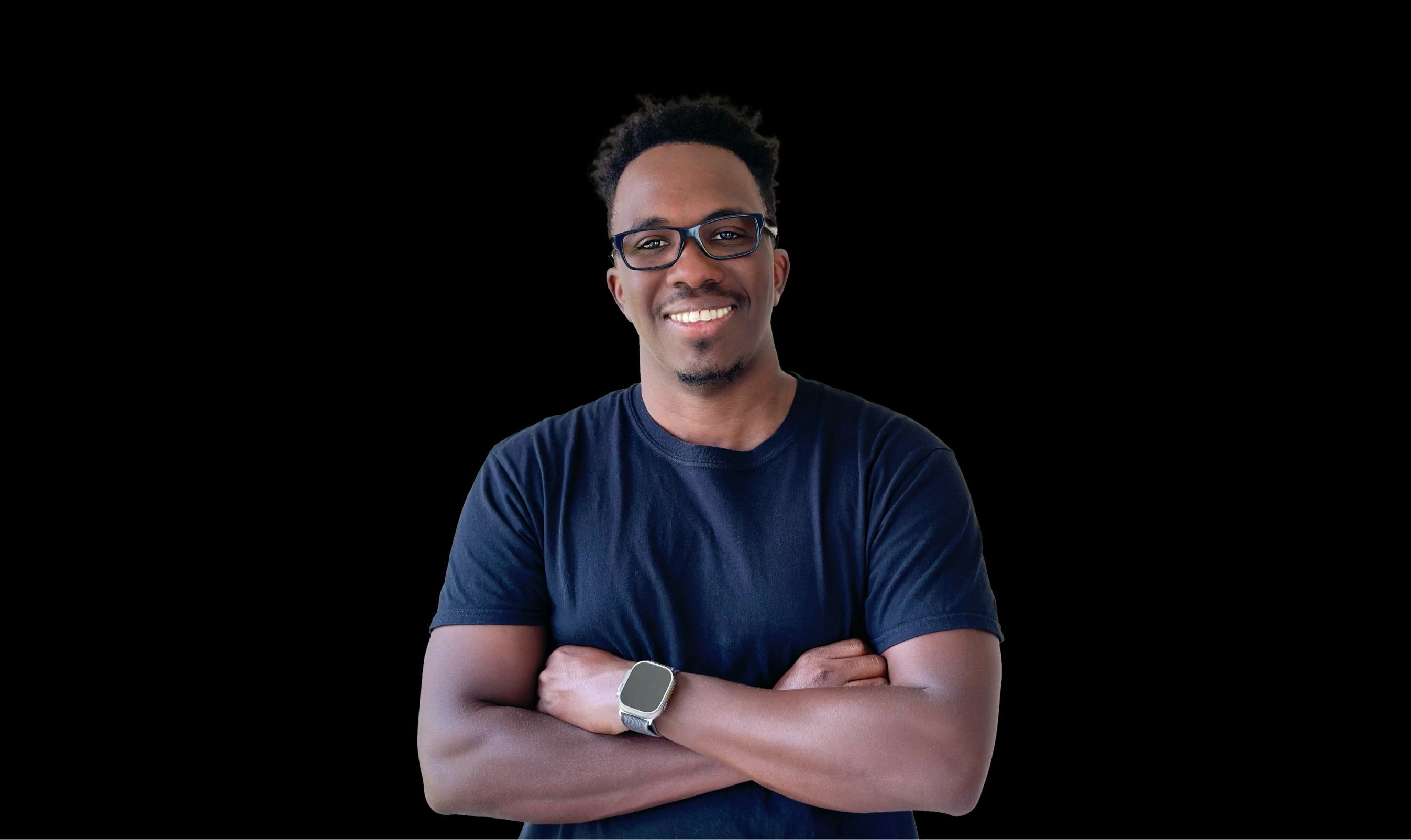
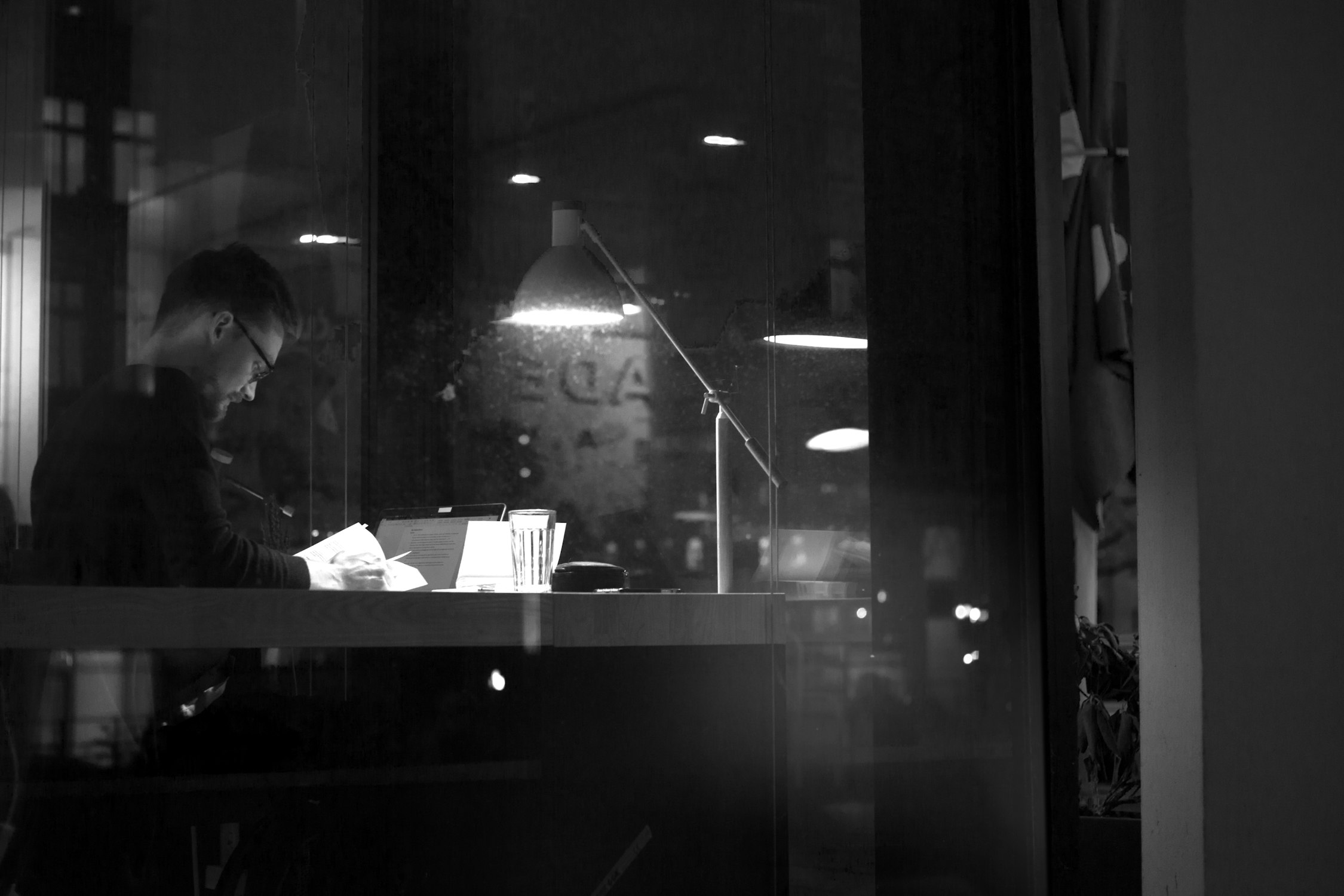

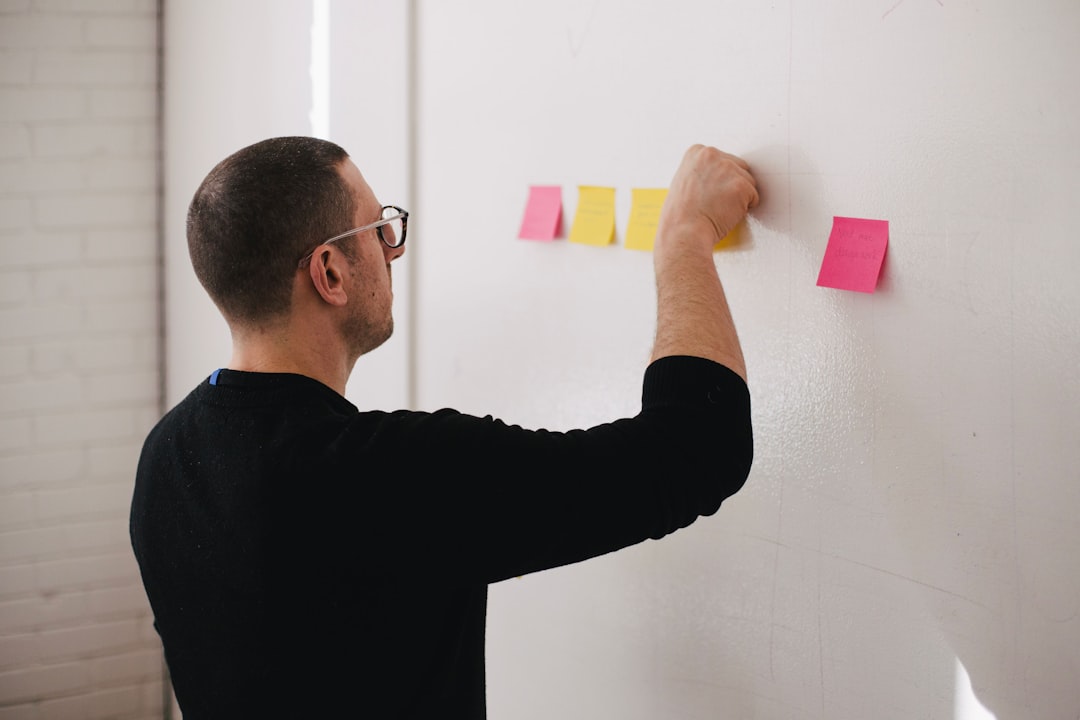
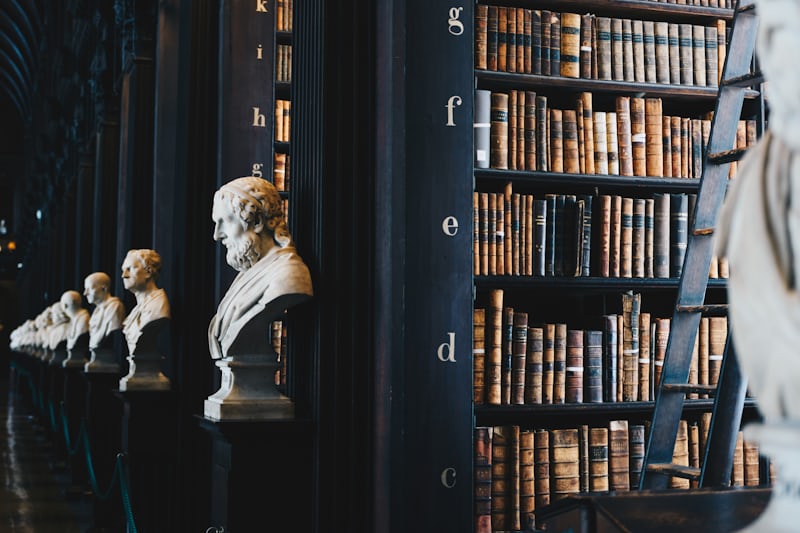


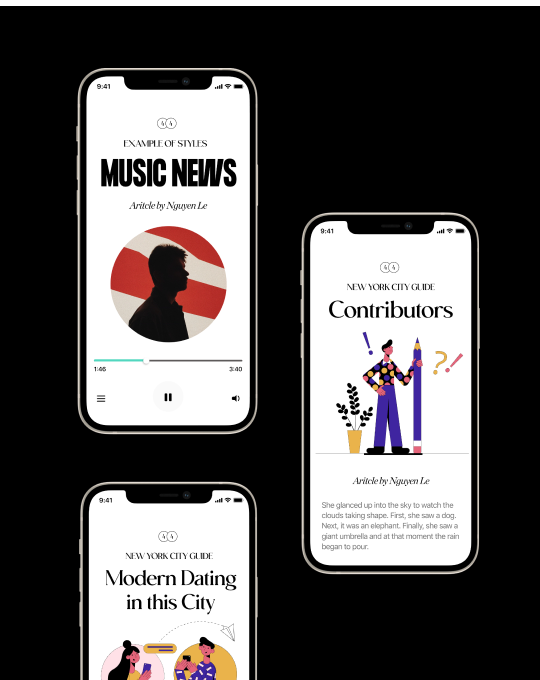


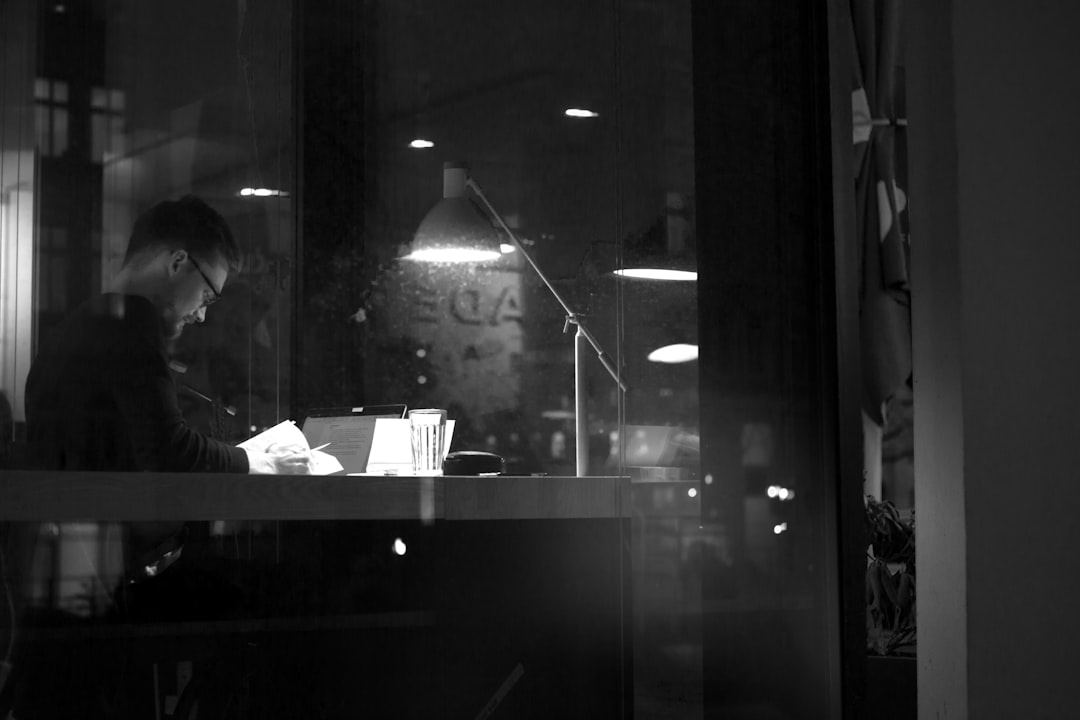


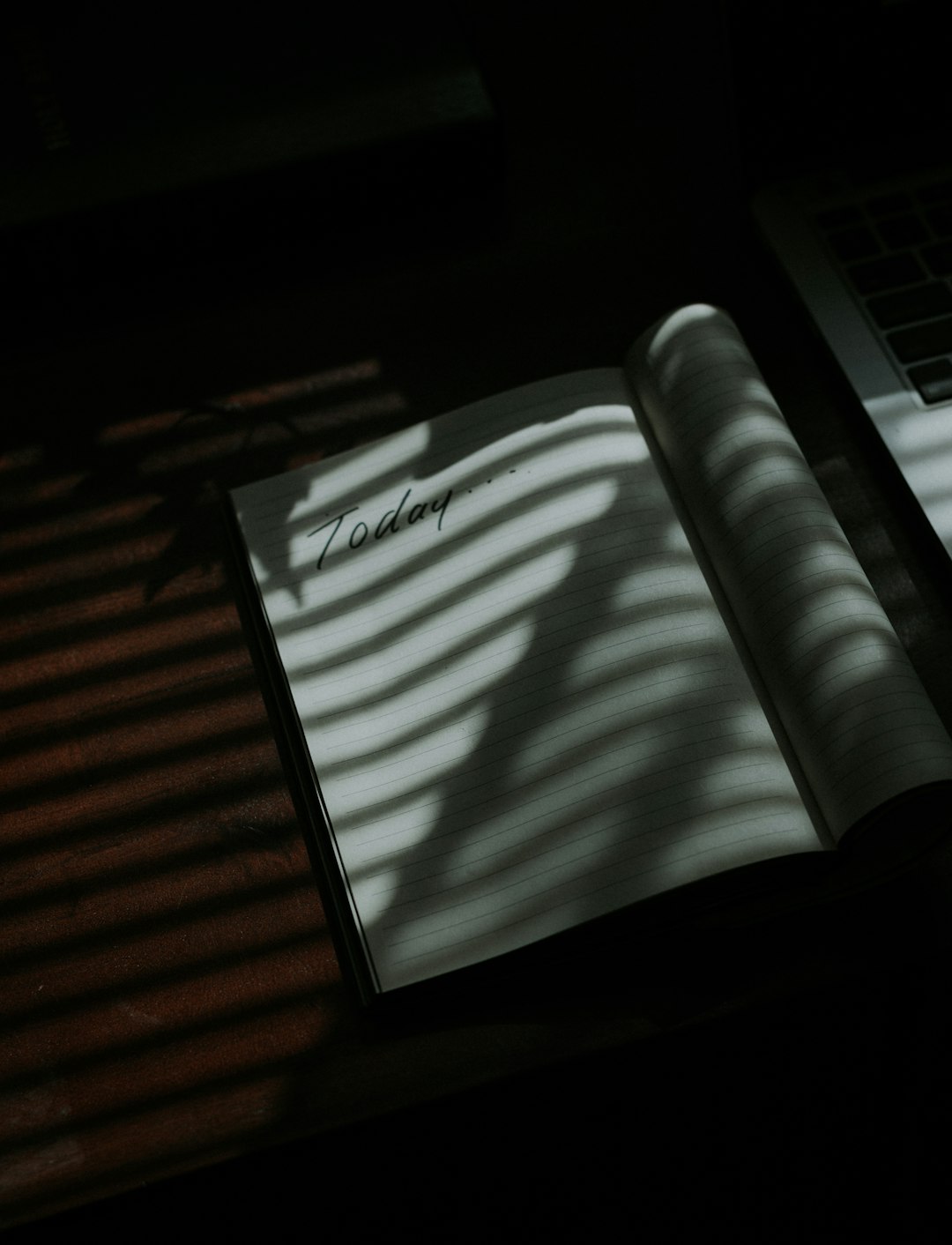
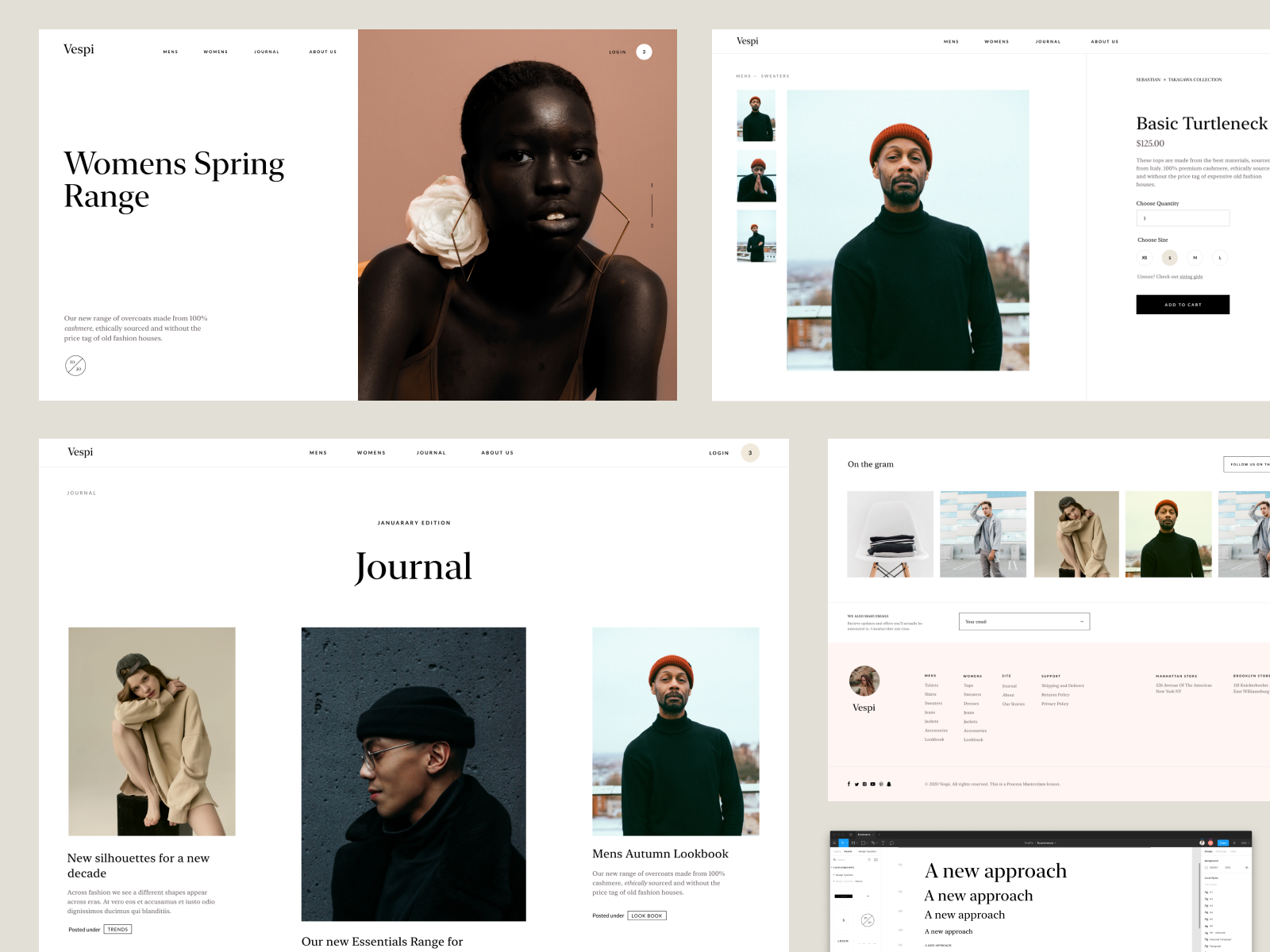

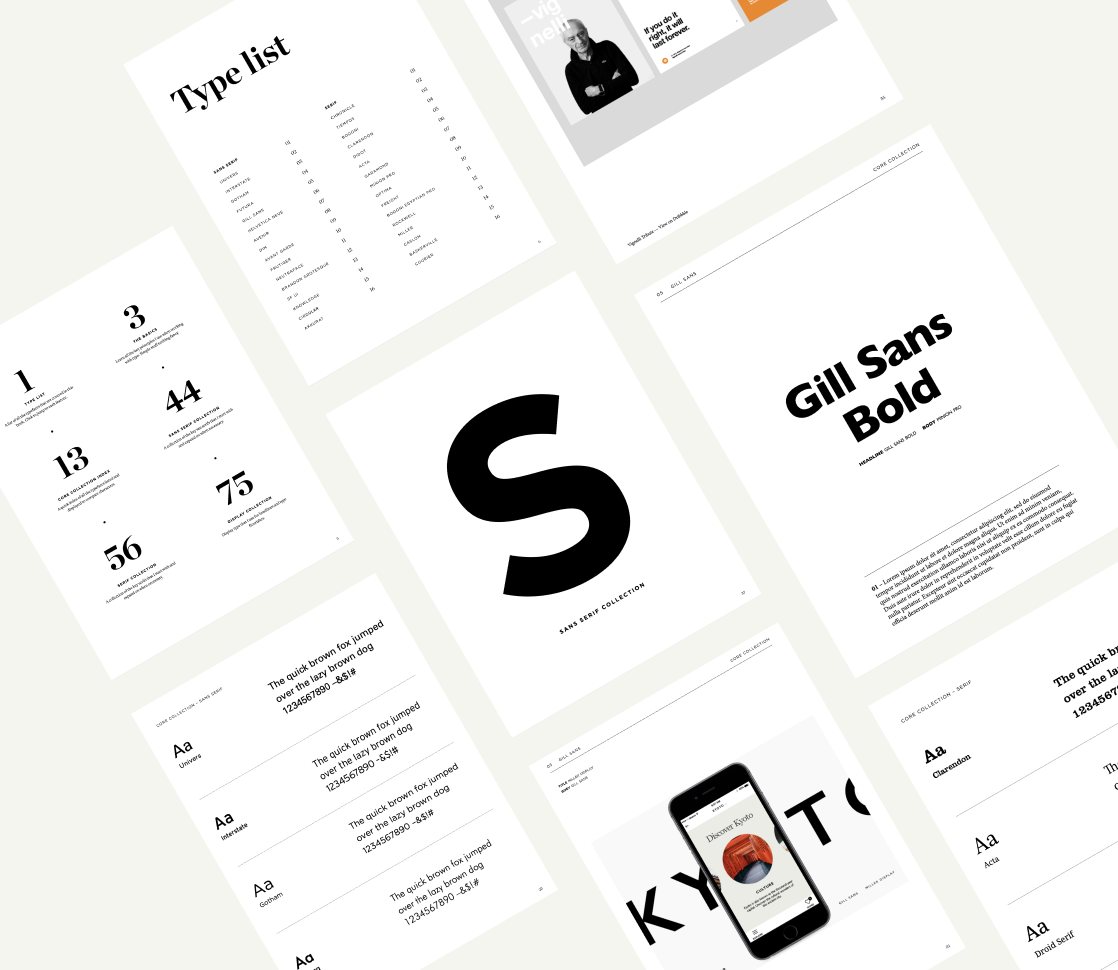
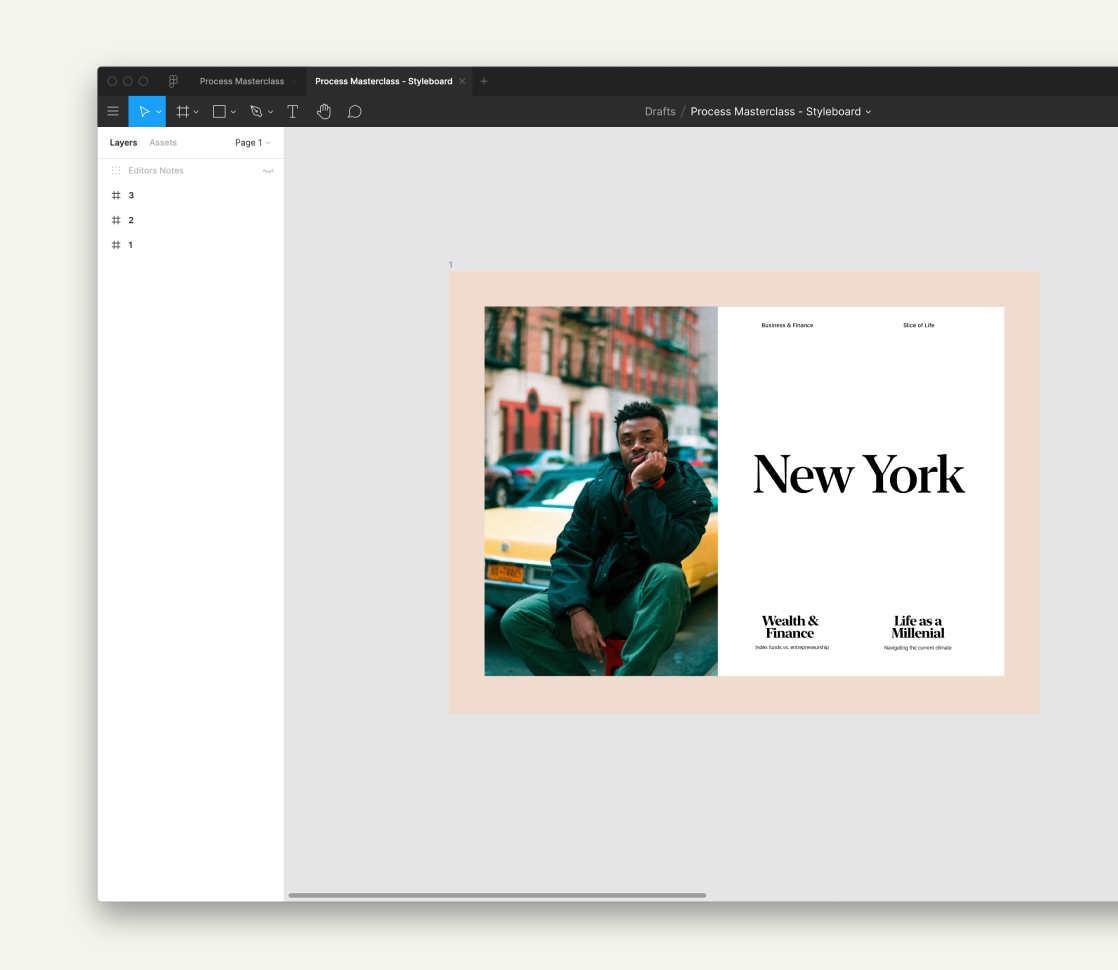
No Comments.